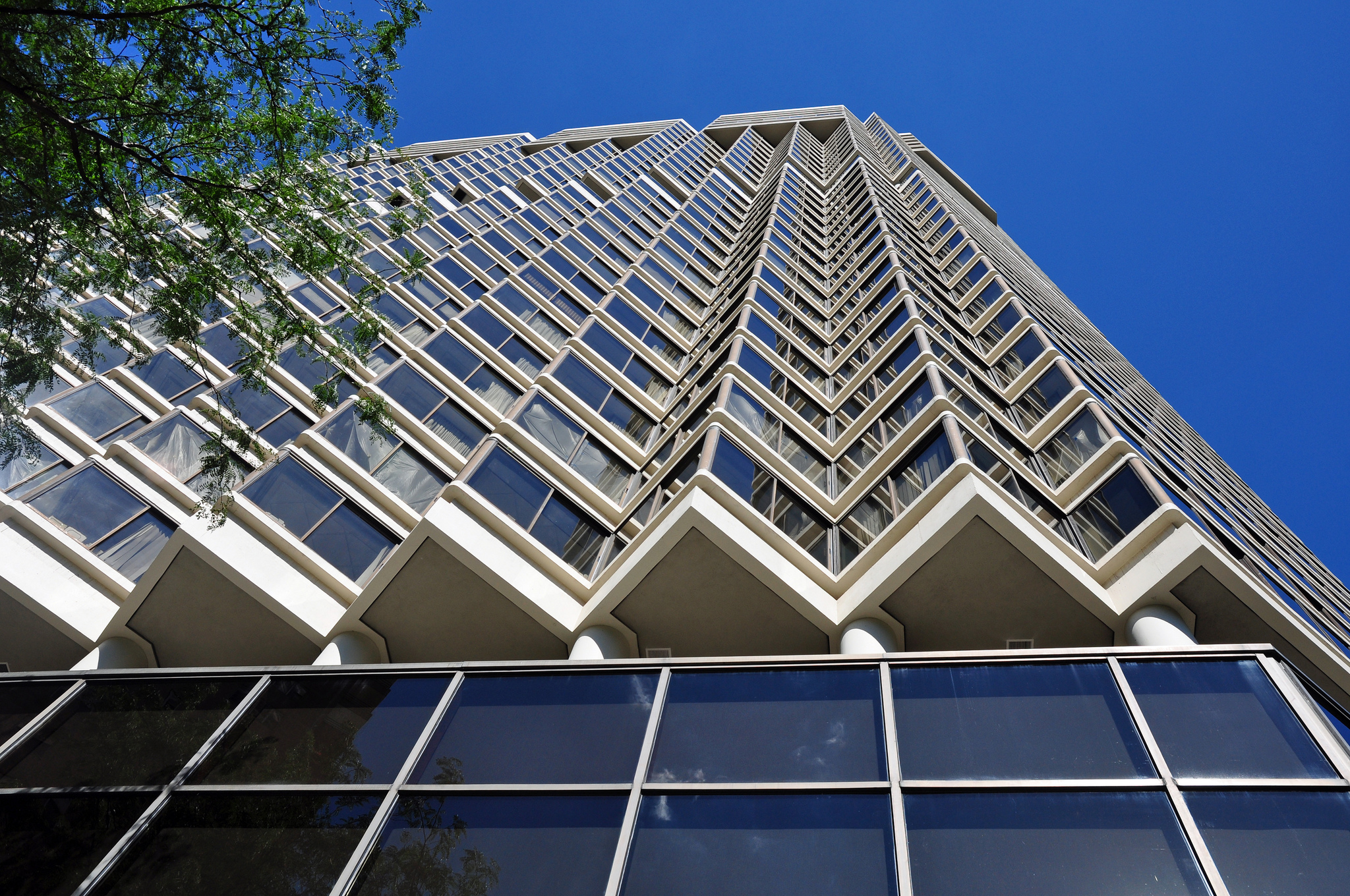The U.S. Department of Energy (DOE) -- along with the the Natural Resources Defense Council (NRDC), the Institute for Market Transformation (IMT), the National League of Cities (NLC), and the National Association of State Energy Officials (NASEO) -- launched the SEED Collaborative, an effort to assist state and local governments manage, standardize, and share large building performance data sets.
This collaboration builds on DOE’s software application called the Standard Energy Efficiency Data (SEED) Platform. This tool allows cities and states to streamline the process of managing and standardizing building energy data.
“There is an unprecedented amount of new data as cities and states, across the country, help building owners better understand opportunities for energy savings,” said Dr. Kathleen Hogan, Deputy Assistant Secretary for Energy Efficiency at DOE. "The SEED Collaborative will help cities and states leverage this data to unlock barriers and unleash innovative market solutions that will save energy and money, and grow businesses in their communities."
The SEED Collaborative will partner with a select group of cities and states to help them better collect and manage building energy data. This partnership builds upon the success of early adopters, such as Washington D.C. and Philadelphia, which piloted the SEED Platform in 2014.
The SEED Collaborative will also strive to create a larger community of supporting organizations, software developers, and product and services companies to expand interoperability of SEED-based products and other applications.
Related Stories
| Sep 12, 2011
PVs play new roles as a teaching tool
Solar installations are helping K-12 schools around the country save money and teach students the intricacies of renewable energy sources.
| Sep 12, 2011
Living Buildings: Are AEC Firms up to the Challenge?
Modular Architecture > You’ve done a LEED Gold or two, maybe even a LEED Platinum. But are you and your firm ready to take on the Living Building Challenge? Think twice before you say yes.
| Sep 12, 2011
Putting a stamp on USPS's first green roof
The Morgan Building roof totals 150,000-sf. In addition to a vegetated green roof, other roof areas were upgraded and included 55,000-sf of reflective concrete pavers and ballast, which were also placed over a Sarnafil waterproofing membrane, and 40,000-sf of EnergySmart Roof—a reflective, energy-efficient vinyl roofing system from Sika Sarnafil.
| May 18, 2011
Carnegie Hall vaults into the 21st century with a $200 million renovation
Historic Carnegie Hall in New York City is in the midst of a major $200 million renovation that will bring the building up to contemporary standards, increase educational and backstage space, and target LEED Silver.
| May 16, 2011
Seattle unveils program to boost building efficiency
Seattle launched a new program that will help commercial property owners and managers assess and improve building energy efficiency. Under the program, all commercial and multifamily buildings larger than 10,000 sq. ft. will be measured for their energy performance using the EPA’s ENERGY STAR Portfolio Manager.
| May 10, 2011
Are green goals out of reach for federal buildings?
Many federal agencies are struggling to convert their existing buildings to meet green standards, according to the Office of Management and Budget. Of 20 agencies graded by the OMB on their compliance with green mandates, only seven met the 2010 mandate that requires at least 5% of their buildings meet energy-efficient and sustainable standards.
| Apr 14, 2011
U.S. embassies on a mission to green the world's buildings
The U.S. is putting greater emphasis on greening its worldwide portfolio of embassies. The U.S. State Department-affiliated League of Green Embassies already has 70 U.S. embassies undergoing efforts to reduce their environmental impact, and the organization plans to increase that number to more than 100 by the end of the year.
| Feb 7, 2011
GSA Unveils New Sustainable Workplace Design Tool
The U.S. General Services Administration launched its Sustainable Facilities Tool on Monday, Feb. 7. The innovative online tool will make it easier for both government and private-sector property managers and developers to learn about and evaluate strategies to make workplaces more sustainable, helping to build and create jobs in America’s clean energy economy of the future.













